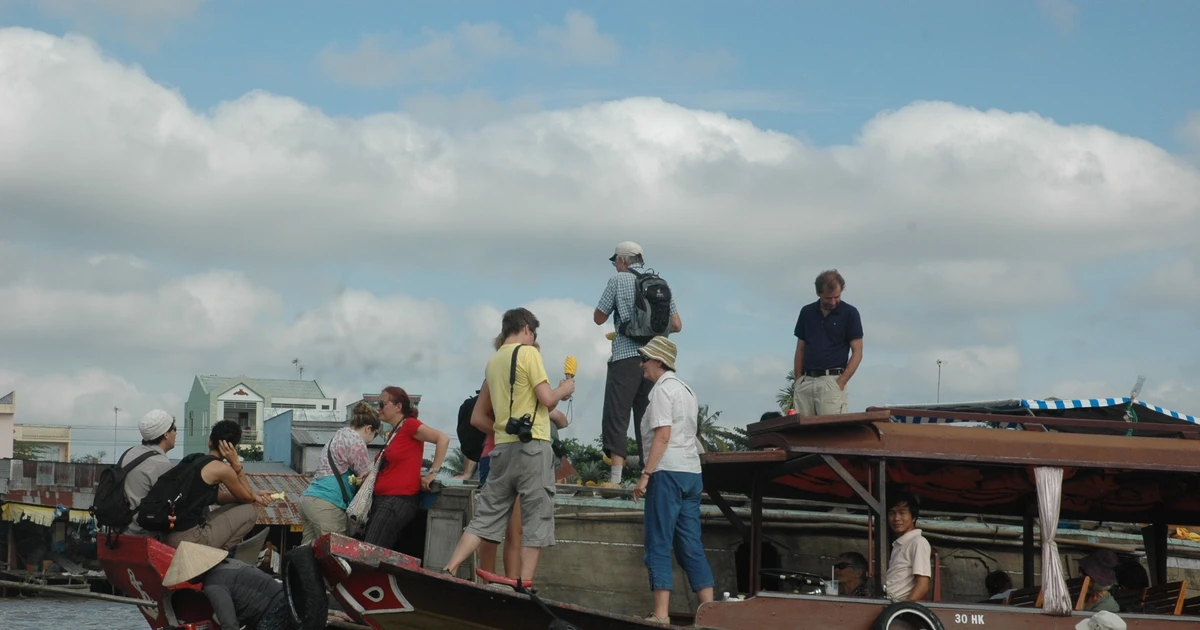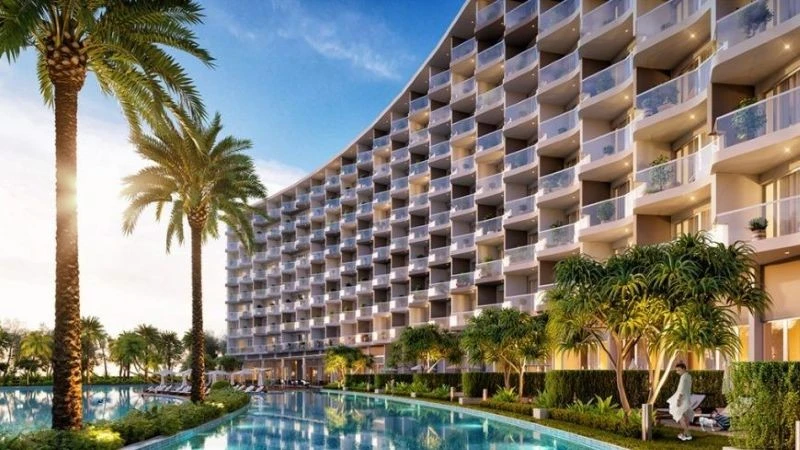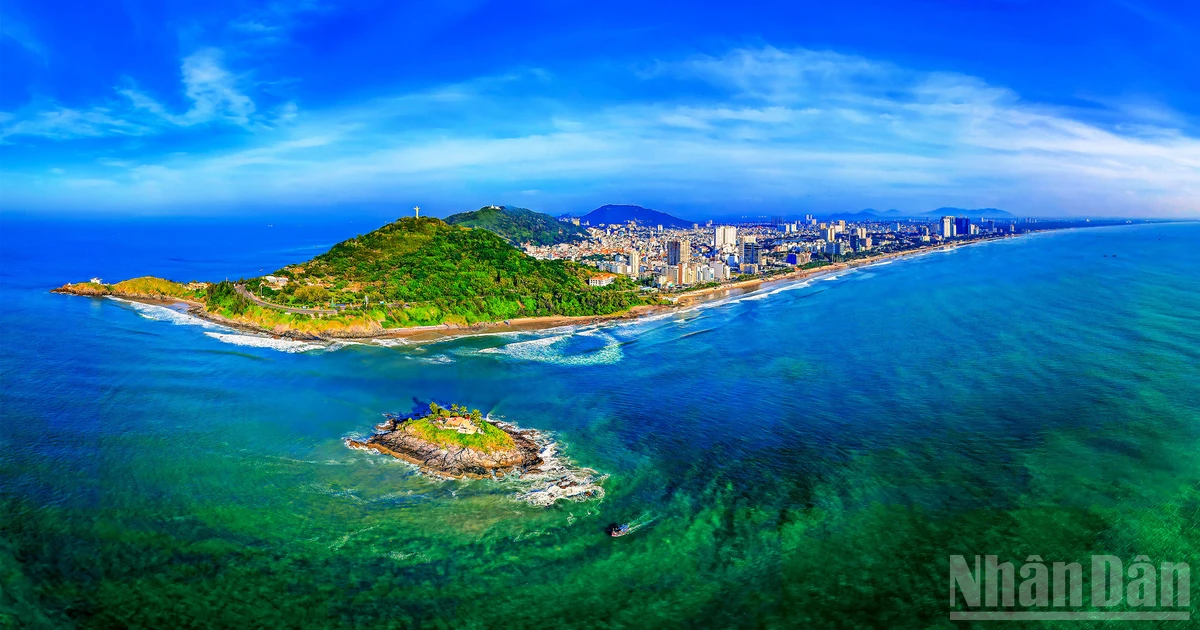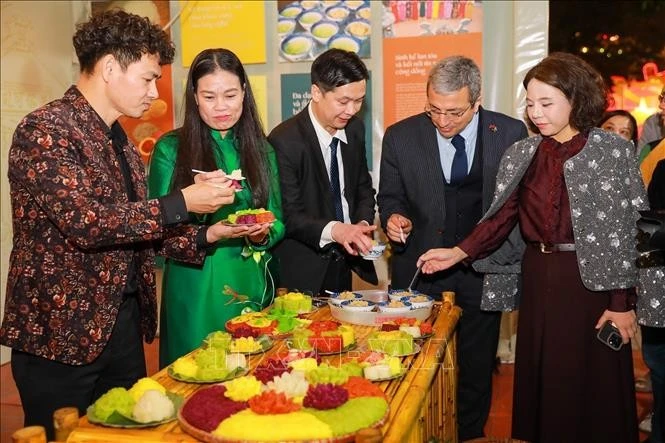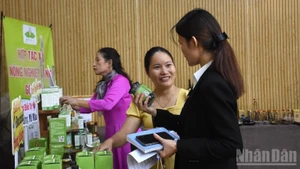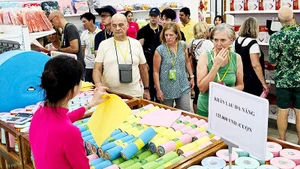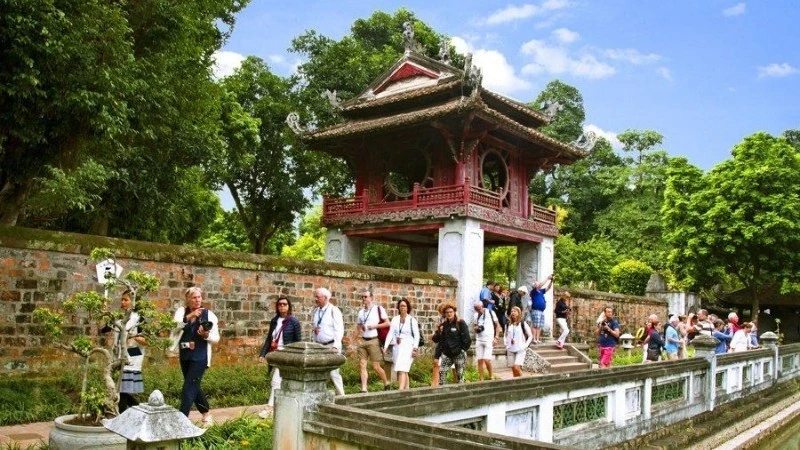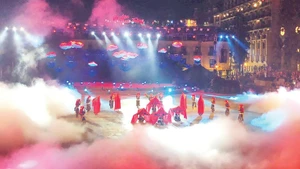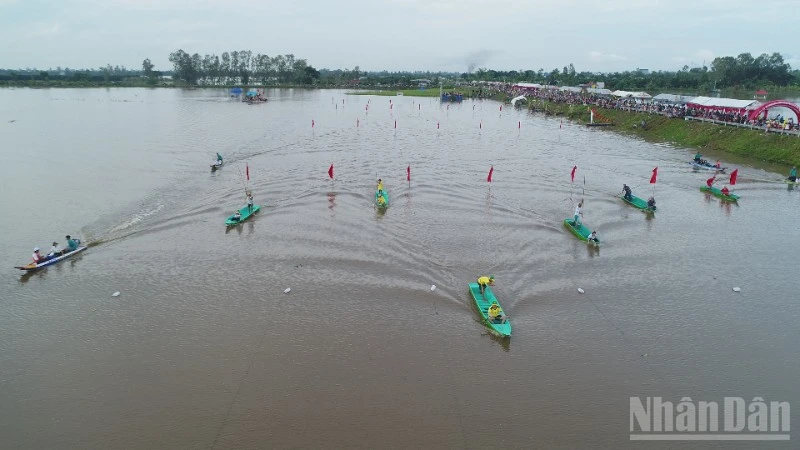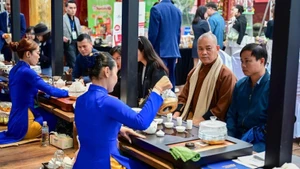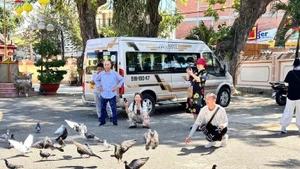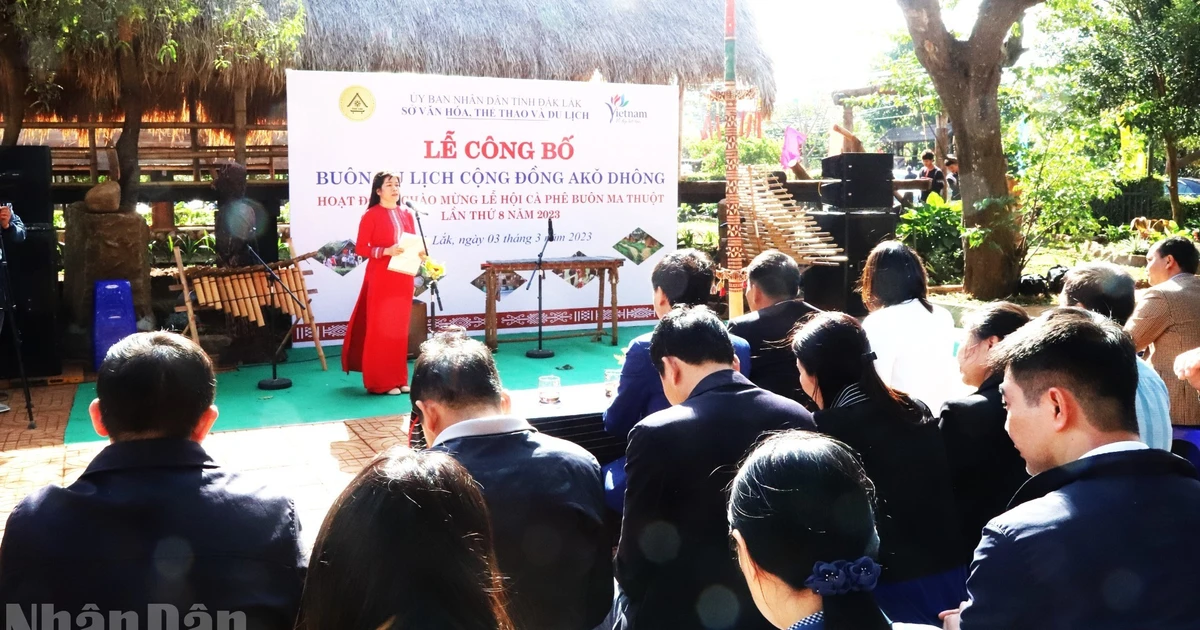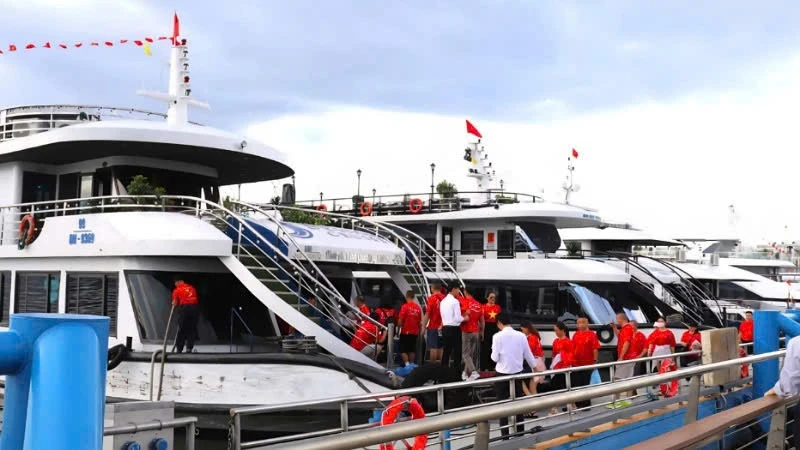In the first nine months of 2025, Can Tho welcomed more than 9.3 million visitors, earning revenue of over 8 trillion VND. Among these, over 4 million were overnight stays, including 350,000 international visitors.
According to Dao Thi Thanh Thuy, Deputy Director of the Department of Culture, Sports and Tourism of Can Tho City, to capitalise on the strengths and potential of tourism in the three localities after the merger, the department has coordinated with businesses, travel agencies, and destinations to conduct surveys and jointly develop tourism routes connecting the three provinces. In September 2025, Can Tho organised a famtrip with nearly 200 travel businesses to explore and connect distinctive tourism products to help attract more visitors.
The famtrip journey “Down the Hau River – Returning to Tay Do” featured special activities as well as high-quality transport, accommodation, restaurants, and souvenir-shopping destinations, all offering their own distinctive charm. As a result, tourist arrivals to Can Tho have increased and visitors are tending to stay longer.
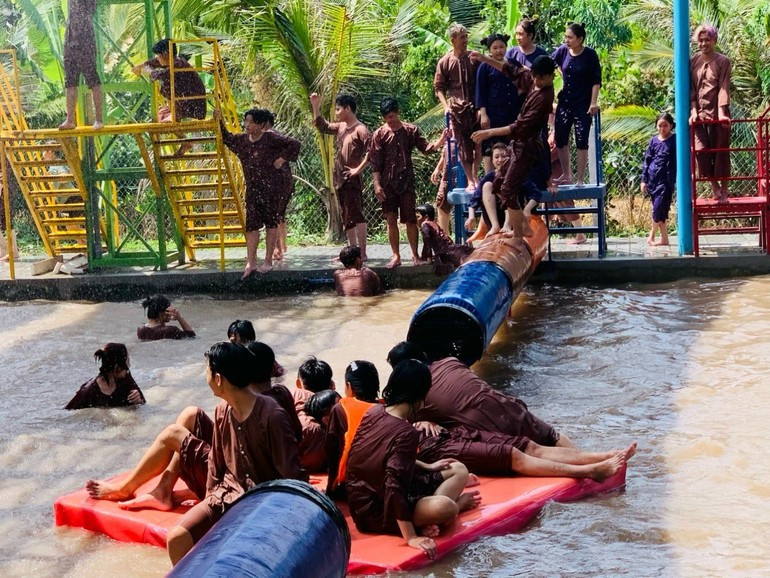
To draw tourists, Can Tho is developing its strengths in river-based, ecological, and garden tourism, with highlights including Cai Rang Floating Market, Con Son Community Tourism Village, the My Khanh ecotourism area, and the Ong De ecotourism site.
The city is also focused on developing MICE tourism (meetings, incentives, conferences, and exhibitions), supported by a network of international-standard hotels (3–5 stars) and well-developed transport infrastructure.
In addition, Can Tho is promoting cultural and spiritual tourism, showcasing Khmer pagodas, the Ngo Boat Racing Festival, and the diverse cuisine of Khmer and Hoa ethnic communities. Agricultural and ecological tourism routes linked to Lung Ngoc Hoang Nature Reserve are also proving attractive to visitors.
Recently, the Ong De ecotourism area (An Binh Ward) has become a popular destination. In addition to its airy environment, lush orchards, and southern-style architecture, its folk games and water-based activities have become strong attractions.
Tran Ngoc Hao, a tourist from Lam Dong, shared: “This site has many canals, cool fruit gardens, and lively water-based games. The food here is quite unique, especially the traditional cakes. They’re delicious and really appeal to me and my family.”
However, tourism development in Can Tho still faces challenges, particularly incomplete transport infrastructure linking destinations and tour routes. Tourism products remain relatively simple, lacking distinct features and night-time activities to retain visitors. The tourism workforce is insufficient in both quantity and quality, especially in terms of foreign language proficiency, while the rate of trained workers in tourism sites remains low. Linkages among localities within the city and across the region are still modest, mainly focusing on promotion rather than building in-depth, interconnected tourism product chains.
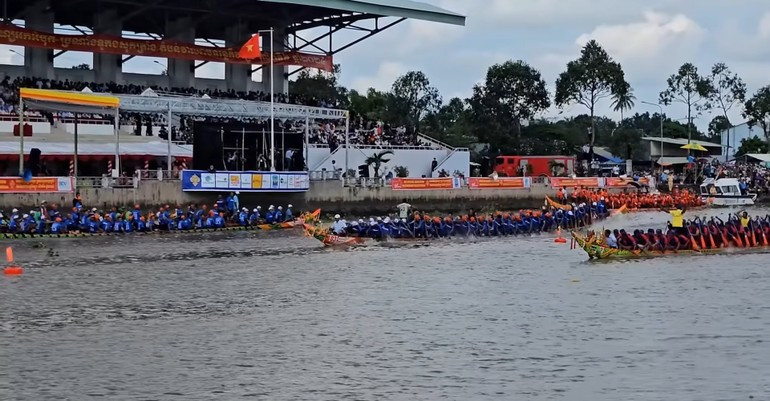
To address these issues, the Can Tho People’s Committee is reviewing items under its project to preserve and promote the distinctive values of Cai Rang Floating Market, while also introducing policies to attract private investment in appropriate areas. The city encourages the development of garden and eco-tourism linked to nature conservation.
Relevant agencies are calling for major businesses to invest in night-time tourism products (cultural performances, cuisine, shopping) to extend visitors’ stays and spending. The city also plans to develop promising types such as MICE tourism, educational tourism, and medical and wellness tourism, while enhancing investment in professional tourism promotion and marketing, especially through digital transformation and smart tourism initiatives.
Can Tho City is also expanding its cooperation with Ho Chi Minh City and other provinces in the region to develop interconnected tour chains and package tours, enriching visitors’ experiences and strengthening the city’s position as a dynamic tourism hub in the Mekong Delta.
